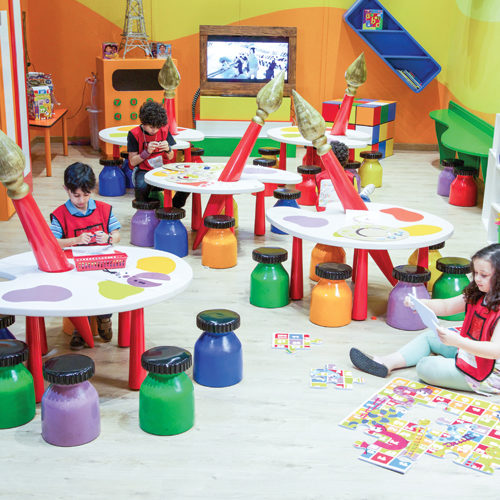7 tips to become a more peaceful parent
As parents, we’re always trying to provide the best love and care possible to our children. It can take some adjusting but transitioning to a more peaceful parenting style can bring a new sense of calm to your household.

It may not be straightforward (there are bound to be a few hitches along the way!) but, with the right attitude, you will definitely get there.
A TRANSITION PERIOD
Though the intention of peaceful parenting is to bring a sense of tranquillity to your relationships with your little ones, they may not respond peacefully from the beginning. Initially, children may act out more than before. This is simply their way of expressing the hurt they may have felt around being treated less peacefully in the past. If you persist with the peaceful approach, they will soon be able to move on and embrace this new style of relationship.
PARENTING GUILT
Some parents might feel guilty about acting more harshly towards their children in the past. While this is natural, it will not help you or your child in the present. Be forgiving towards yourself and focus on engaging with your little one in a peaceful and loving manner.

WHERE TO START
Peaceful parenting starts with a peaceful parent. As many mothers will know, it can be a real challenge to keep your emotions in check when your child is upset or behaving badly. You might feel distressed, angry or even like crying…and understandably so! However, it’s really important to manage your emotions in these instances, so you can provide a calm and pacifying bedrock of support for your child. Don’t worry if this is very difficult to begin with – it will become more manageable with practice.
CONNECTION IS KEY
One of the fundamentals of peaceful parenting is forging a strong connection with your child. This connection is the result of trust and openness between you both and lays the foundations for a peaceful relationship. If you’re not doing so already, try to spend some intentional time with your little one, allowing them to speak their mind openly and supporting them all the way. These loving moments will teach your child that they can be honest with you without fearing that you’ll ever lose your temper.
BE TRANSPARENT
Once there is a sense of openness and a strengthened bond between you both, it’s time to begin talking about this new shift to a more peaceful parenting style. Acknowledge a time in the past where you lost your temper with them or treated them in a non-peaceful way, and assure them that you love them. You can tell your child that, while family and house rules still stand, open communication will be the way forward, with everyone having a chance to say their piece. It’s essential that all members of the family feel loved and nobody feels threatened.
SET BOUNDARIES
To transition smoothly from to a peaceful style of parenting, boundaries must be laid out. It should be made clear that this doesn’t mean a change in the level of discipline of your household, and it certainly doesn’t mean that your child can misbehave freely. Instead of arguments or shouting, there will be conversations and freedom for everyone to express themselves. Just because you’re committing to being a peaceful parent doesn’t mean you have to be a pushover!

SHOW EMPATHY
One of the big changes for many parents is a strong commitment to seeing things from their child’s point of view. We often assume we know what little ones are thinking – after all, we were all kids ourselves once! However, every child is different and so are their struggles. They may find certain aspects of life harder than you did at their age. A great approach is to encourage your son or daughter to speak their mind openly and to take them seriously. Though they may not have an adult’s perspective, if they’re feeling angry at a sibling and acting out, that can be a valid emotion. So hear them out and empathise with them as much as possible!
DON’T EXPECT PERFECTION
This will not be a seamless transition and there will be teething issues. Once you expect these, there’s very little to worry about. You may still lose your temper and fear that you’ve ruined all your progress. Your child may throw a tantrum so big that it makes you wonder if anything has changed at all. Fear not, this is all part of making a change. After an argument, once things have cooled down, regroup and sit with your child to talk through what happened, what went wrong and how you could both have acted instead. Together you can recommit to doing things ‘the new way’ and leave the argument in the past.
MAINTAIN THE STANDARD
Initially, it may seem like you’re not making any headway and you might be tempted to revert to your old ways. Resist the urge and trust the process. This is a long-term approach that will provide every member of the family with a much more loving and stress-free home environment. It will take effort, and that’s fine. You can do it! Take it one day at a time and before long, you will see the difference.












Comments